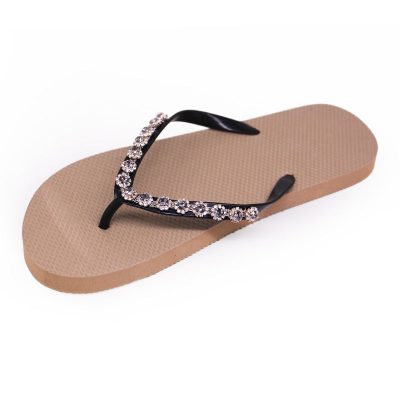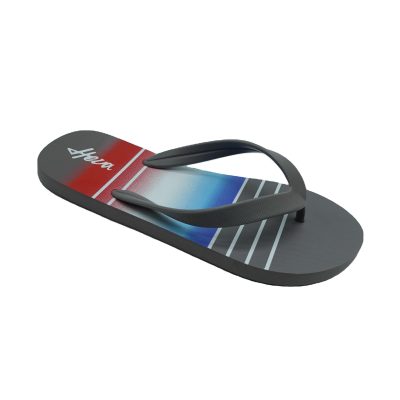When selecting materials for flip-flop soles, comfort and durability are key factors to consider. Here are some of the best materials that balance these aspects:
1. EVA (Ethylene Vinyl Acetate) Foam
Pros:
- Comfort: EVA foam is lightweight and provides excellent cushioning, making it comfortable for extended wear.
- Shock Absorption: This material has good shock-absorbing properties, reducing the impact on the feet and joints.
- Flexibility: EVA is highly flexible, which enhances comfort and allows for natural foot movement.
Cons:
- Durability: While EVA is durable, it can compress and lose its cushioning over time with heavy use.
- Support: EVA typically offers limited arch support compared to more structured materials.
2. Rubber
Pros:
- Durability: Rubber is highly durable and can withstand extensive wear and tear, making it ideal for both indoor and outdoor use.
- Traction: Provides excellent grip on various surfaces, reducing the risk of slips and falls.
- Water Resistance: Rubber is naturally water-resistant, making it suitable for wet environments.
Cons:
- Weight: Rubber can be heavier than other materials, potentially affecting comfort.
- Breathability: Rubber is less breathable, which might lead to sweaty feet in hot conditions.
3. PU (Polyurethane)
Pros:
- Comfort: PU provides good cushioning and support, offering a balance between comfort and durability.
- Durability: It is more durable than EVA, maintaining its shape and cushioning over time.
- Flexibility: PU is flexible and can provide good shock absorption.
Cons:
- Cost: PU is typically more expensive than EVA and basic rubber.
- Weight: PU can be heavier than EVA, though lighter versions are available.
4. Memory Foam
Pros:
- Comfort: Memory foam molds to the shape of the foot, providing customized comfort and support.
- Pressure Relief: This material helps to distribute weight evenly and relieve pressure points.
Cons:
- Durability: Memory foam can compress over time and may not be as durable as other materials.
- Moisture Retention: It can retain moisture, potentially leading to odor and microbial growth if not properly cared for.
5. Recycled Materials
Pros:
- Sustainability: Using recycled materials (e.g., recycled rubber or foam) is environmentally friendly.
- Durability: Recycled rubber and other materials can be very durable, depending on their source and processing.
Cons:
- Consistency: Quality can vary depending on the recycling process and source materials.
- Cost: Some recycled materials can be more expensive due to the processing required.
6. TPU (Thermoplastic Polyurethane)
Pros:
- Durability: TPU is highly durable and resistant to abrasion, making it ideal for long-lasting flip-flops.
- Flexibility: It offers good flexibility and can handle various environmental conditions.
- Comfort: TPU provides a good balance of cushioning and support.
Cons:
- Cost: TPU can be more expensive than other materials like EVA and basic rubber.
- Weight: It is typically heavier than EVA but lighter than traditional rubber.
Conclusion
Choosing the best material for flip-flop soles depends on the specific needs and preferences of the wearer. EVA and memory foam are excellent for comfort, while rubber and TPU offer superior durability and traction. Polyurethane provides a good balance of both, and recycled materials are great for sustainability-minded consumers. When selecting flip-flops, consider factors such as intended use (e.g., indoor vs. outdoor), foot support needs, and environmental impact to find the best option for you.


















